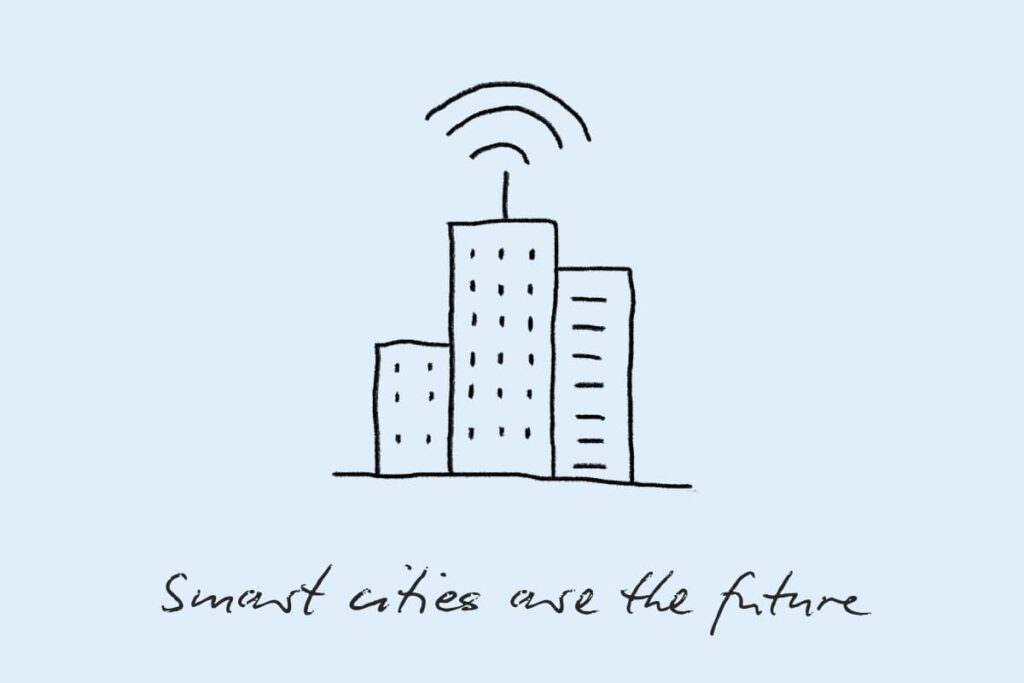In previous articles we analyzed the capabilities of the Briki® modules, made by the Swiss company Meteca, and we saw how their advanced technology makes the design, production and application of IoT projects quick and easy. But how can the Internet Of Things be applied in the cities of the future, the so-called SMART CITIES?
In general, this technology allows to collect and process huge amounts of data collected by sensors and transmitted through the internet.In this way, for a modern city, it is possible to monitor informations and data regarding weather, traffic or pollution and to intervene promptly to improve the quality of life of its citizens.
Before the spread of the IoT it was not possible to have control in real time on all these fronts, and when it was possible, very expensive for the public budget. The explosion of the market for smartphones, mobile devices and mobile networks has given a strong acceleration, a real boost to the application of these technologies, allowing a first massive collection of data concerning individual citizens: habits, frequent journeys, places of interest, to collect data on routes within the city, habits, etc.
An excellent example to understand the potentialities of IoT applied to large cities is Tokyo, a megalopolis with the highest population density in the world, with its 38 million inhabitants. Such a large number of people represents a real challenge in various sectors such as waste management and air pollution or water distribution, but thanks to data analysis it is possible to create sustainable infrastructures and buildings that impact less on the environment.
For the management of pollution, Siemens has created an air quality management software suite that can be consulted by cloud. Through the program algorithm and artificial intelligence prepared for data analysis, each city is able to have a 90% accurate forecast of air emissions in the following days. This allows public management to intervene promptly before the air quality undergoes major changes.
Another field of IoT application is the management of car traffic: for some years Los Angeles has inserted sensors in the road pavement that return the image of car traffic in real time. The accumulated data is not only used to analyze the present, but also as a database to be analyzed in order to provide forecasts for the future, thus allowing to intervene on the luminous signs in order to anticipate the creation of queues and traffic jams.
The sensors in the asphalt are not only used for traffic, but also to report which parking spaces are free directly to users’ smartphones.
Even in the world of waste management, the Internet Of Things has made its contribution, as in the case of intelligent bins which, thanks to their sensors, are able to understand and communicate when they are almost full. This allows citizens to always have usable bins, but also to garbage collectors who, thanks to their mobile phone app, can intervene directly where needed.
There are still many fields in which the IoT can be applied, and many prototypes are in development, among them the Vision Van created by Mercedes-Benz, a means for high-tech expeditions that contains within it even a drone to deliver packages up to 10 kilometers away. Another project is the SMART EYE, an idea similar to Google’s GLASS, a support that transmits all the data they need in augmented reality in front of the eyes of the wearer.
These are some of the projects in progress that demonstrate how this technology can be applied in any field and production sector.
For further information on the world of IoT and to develop a project suitable for your Smart City, please contact Meteca here.
